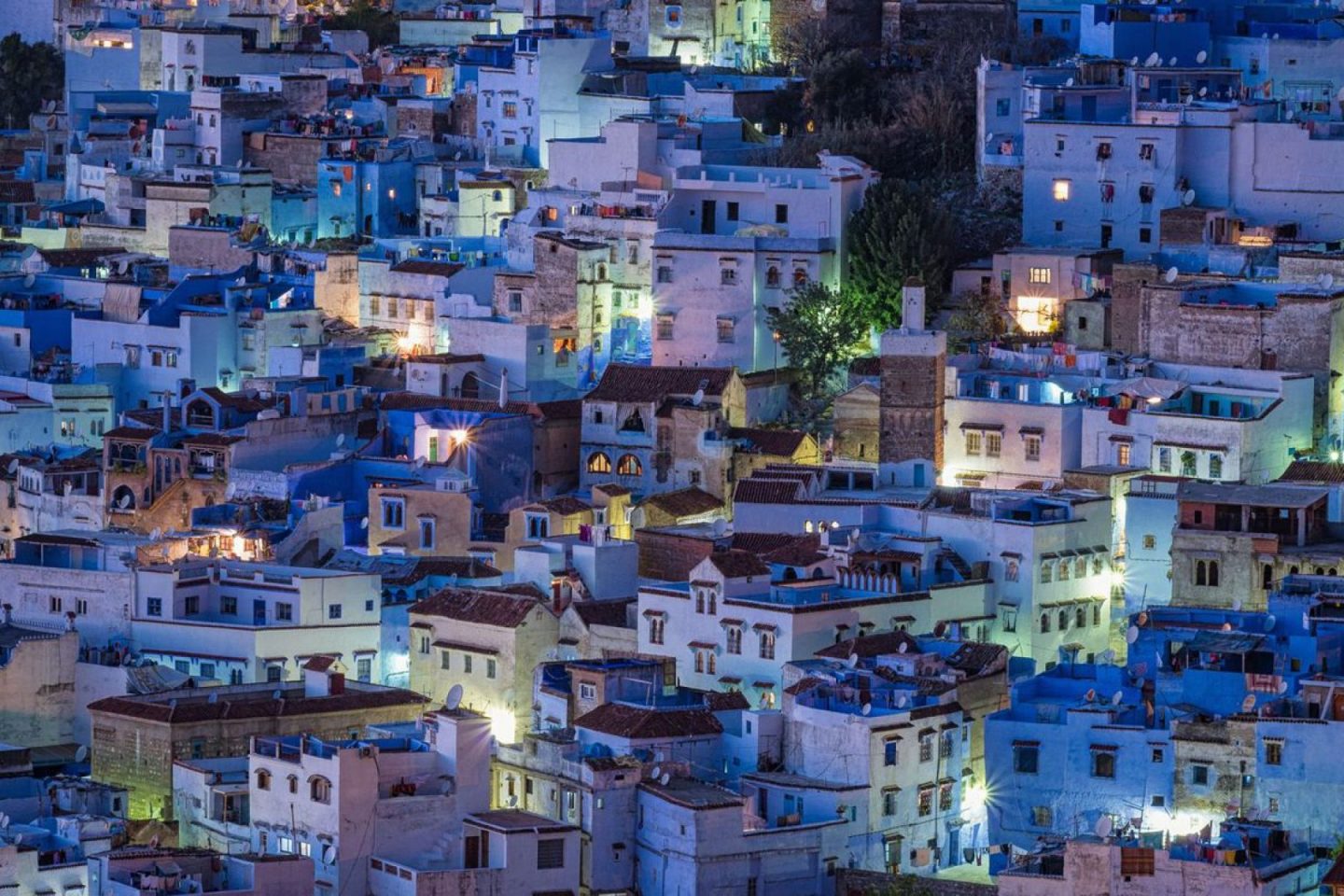This portfolio serves as an investigation into the perspective that the design of cities can be traced back to natural, cultural, and urbanization influences. The visual appearance of communities is often dictated by the existing natural landscape it was built within. Some communities often began around an opportunity for resource gain such as a proximity to a river or fertile valley. Others were born out of an opportunity for strategic gain, such as a mountain, passage, or access to an exclusive good. These centers were built by the natural materials immediately available. Eventually as cities matured, the visual appearance and function of these cities was transformed in direct correlation with urban growth. Either directly or indirectly, the design of the urban environment continues to transform the needs and uses of its occupants, culture, and natural environment. Each exploration highlights the context for the influence and an introduction to its applications around the world. For further study, a series of abstracts compliments each area of study. After reading about the influences, spend some time on the Get Involved page to learn about how all of this information is applicable to your life and your community.

The Moroccan city of Chefchaouen is easily identifiable by its expanse of blue buildings that compose the landscape. While the city dates back to the 15th-century, the color blue became central to the visual identity of the city during the 1930s when Jewish refugees painted all of the buildings. The reasoning behind this transformation is disputed. Some believe the Jewish refugees painted the town blue to symbolize heaven. Others believe that it was painted its hue because blue is known to help fend off mosquitoes. The visual landscape of the community may have roots in its culture, nature, and/or patterns of growth but is lost to the ever changing urban environment. This city is an example of how a diversity of influences all share responsibility for community design.